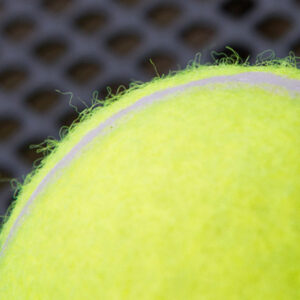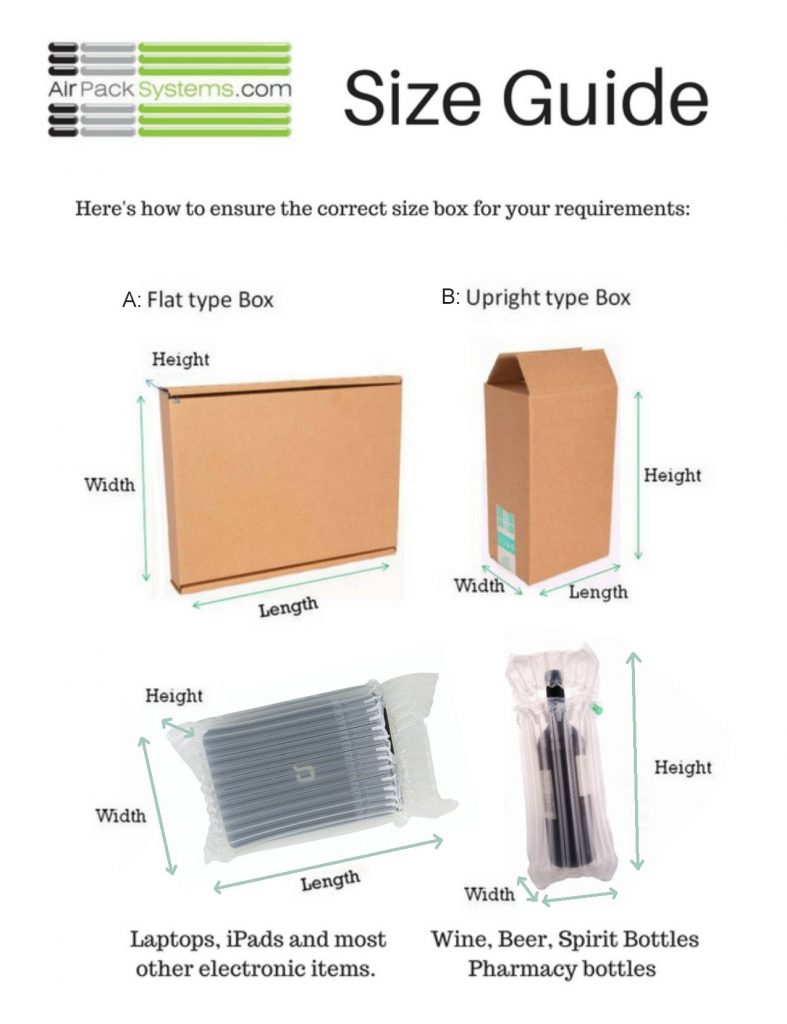 With the Wimbledon Championships now in the second week and seeing all those tennis balls being hit around the courts we got to thinking about those often overlooked and yet critical air-filled yellow balls. Inflatable stuff is what we’re all about, after all!
With the Wimbledon Championships now in the second week and seeing all those tennis balls being hit around the courts we got to thinking about those often overlooked and yet critical air-filled yellow balls. Inflatable stuff is what we’re all about, after all!
In a great example of ‘original and best’, Slazenger has been the official supplier of tennis balls to Wimbledon since 1902, quite a feat.
They’re also a great example of the globalised world we now live in, with components from all around the world such as clay from the USA, silica from Greece, magnesium carbonate from Japan, zinc oxide from Thailand, rubber from Malaysia and wool from New Zealand.
For the first Wimbledon tournament in 1902 the balls were hand stitched, which meant no two balls ever bounced the same way! These days, as you might expect the humble yellow ball actually has a great deal of science and research and development sitting behind it.
Wimbledon tennis balls are made of a hollow rubber core, covered in a wool shell, known as the nap, with pressurised air inside the core to make the ball bounce. The surface of the court will affect the speed and bounce of the ball, so the weight and amount of air compression are specific to a particular tournament and why Slazenger produce a specific Wimbledon ball.
Slazenger supplies over 54,000 tennis balls to Wimbledon and every single ball will have been individually hand tested for bounce, weight and compression! If all the cloth used to make the balls during Wimbledon was laid out, it would cover a pitch the size of the Millennium Stadium in Cardiff.
New balls please! But why?
When tennis balls lose pressure and get fluffed up they’re not as bouncy. When the temperature inside the ball changes this also affects the performance of the ball which in turn affects the player’s control and accuracy.
That’s why the balls are changed every seven and nine games alternately, and the spare balls are stored in a refrigerated container. The balls are kept at 20°C to keep them in perfect condition.
So, next time you watch the tennis, spare a thought for all the work that goes into that humble tennis ball.
Related Articles.
A few of the reasons why packaging really matters to your brand
By ADMIN_AIRPACK • July 16th, 2024Some businesses seem to take packaging somewhat for granted, without putting too much thought into it or its importance. Yet, especially if you’re an e-commerce organisation, packaging is something which just about every business needs to use, whatever the size of your enterprise. And you may feel that you just want to go for the […]
Read more...How packaging can help you to reduce your carbon emissions
By ADMIN_AIRPACK • July 16th, 2024Climate change is obviously a hot topic, and it’s already affecting every region on Earth, with most scientists agreed that human activity is its single biggest cause. So, of course, lowering carbon emissions needs to be a top priority for all businesses. But despite a flurry of pledges on the climate, global emissions have continued […]
Read more...How inflatable packaging can improve customer retention
By ADMIN_AIRPACK • March 8th, 2024What is customer retention? Put simply, customer retention is the business of creating customer loyalty so that people make repeat purchases with you, and it says a lot about how satisfied they are with what you offer. For established brands in particular, keeping hold of loyal customers may almost be more important than attracting new […]
Read more...Back to blog
